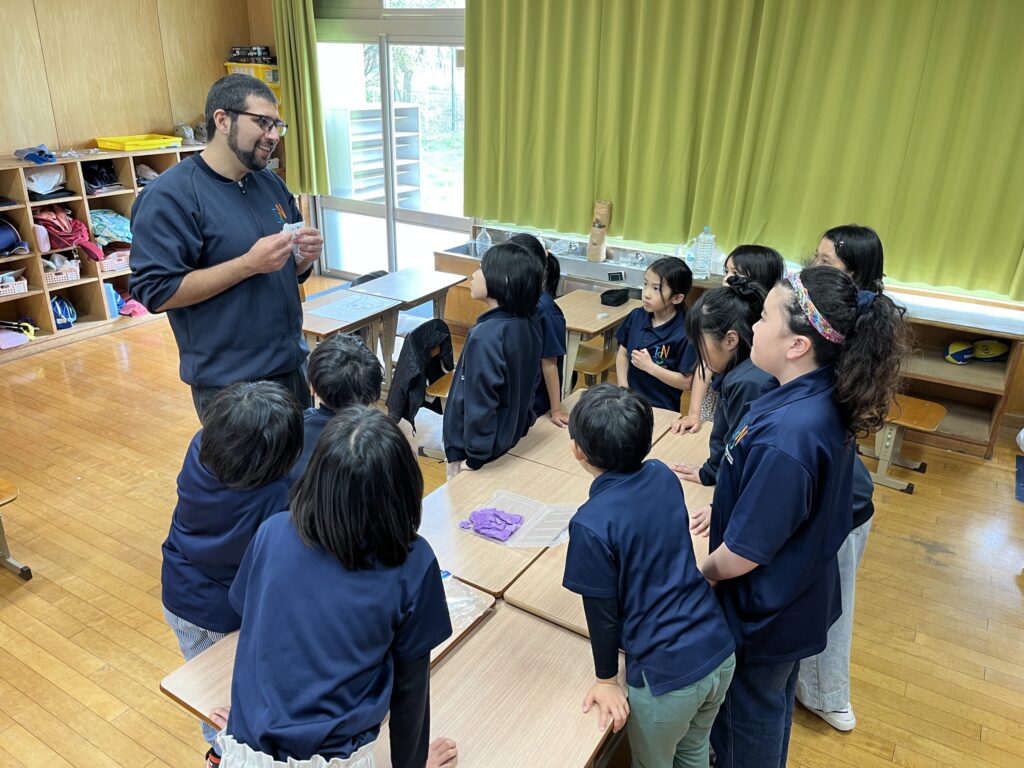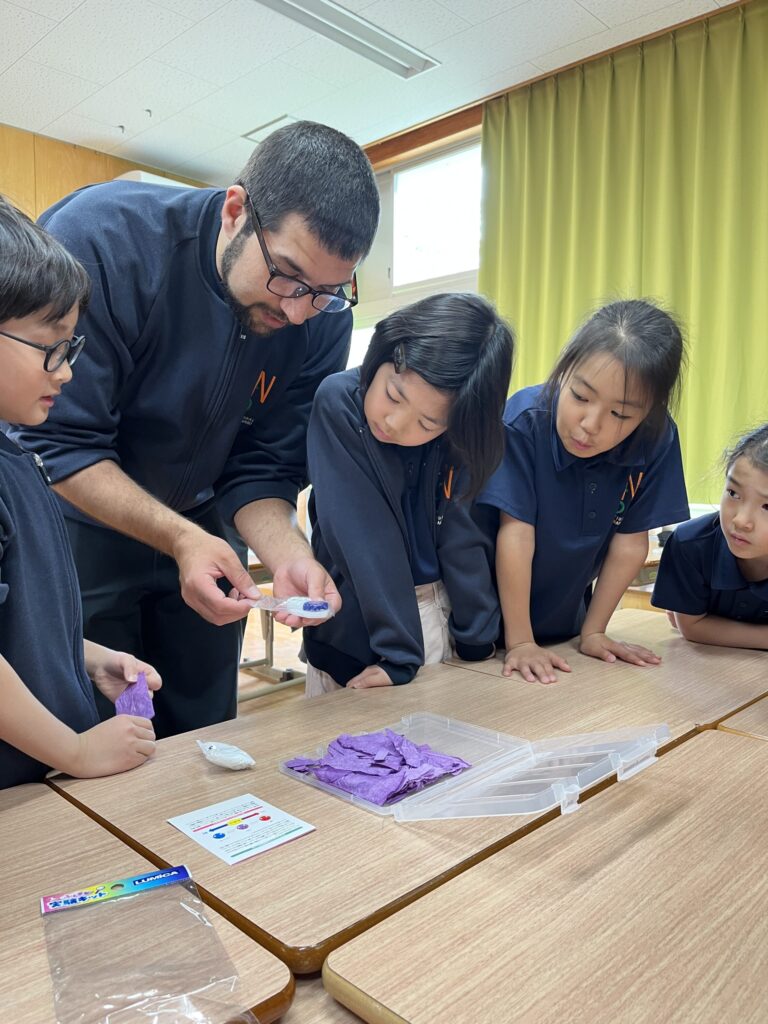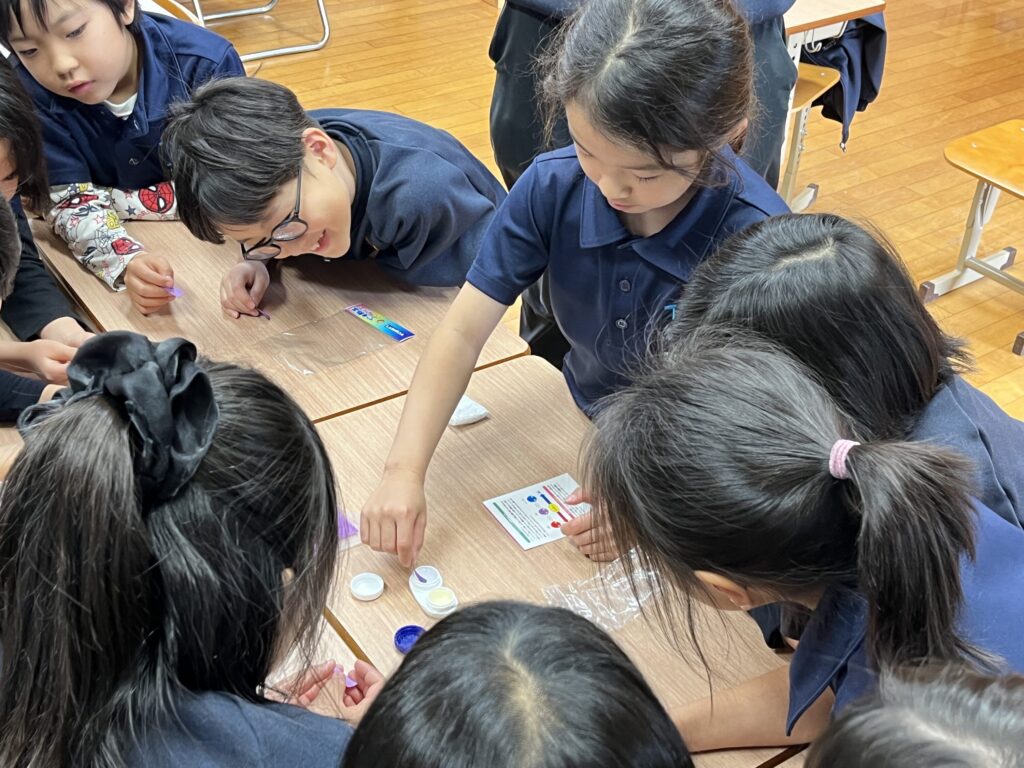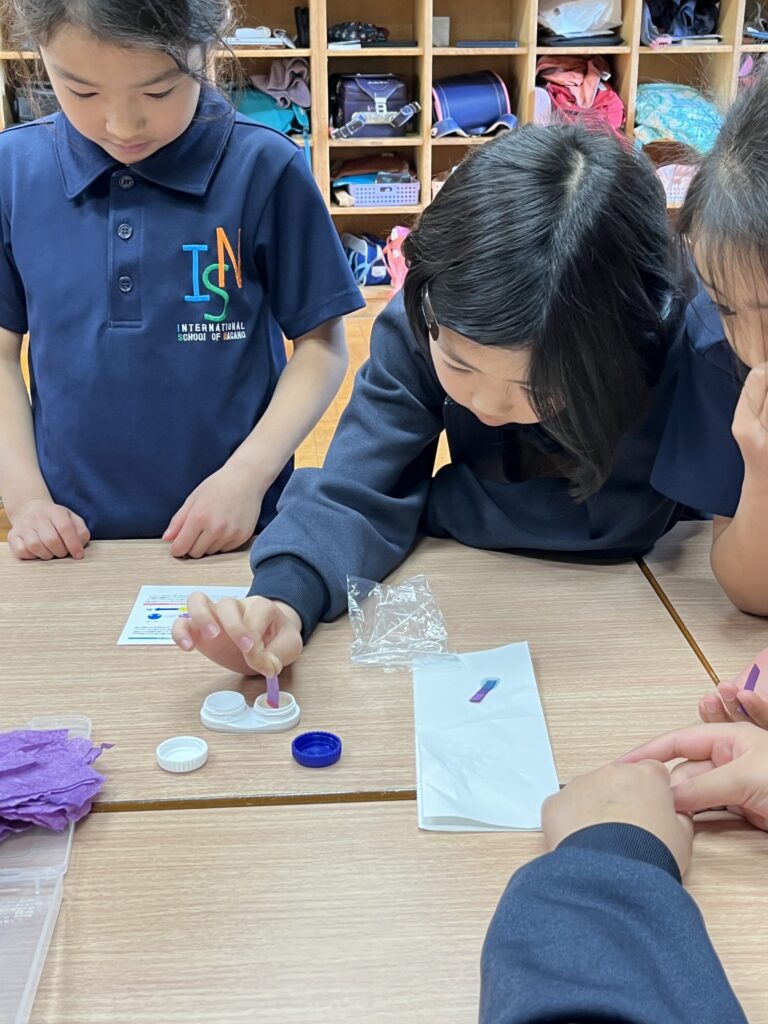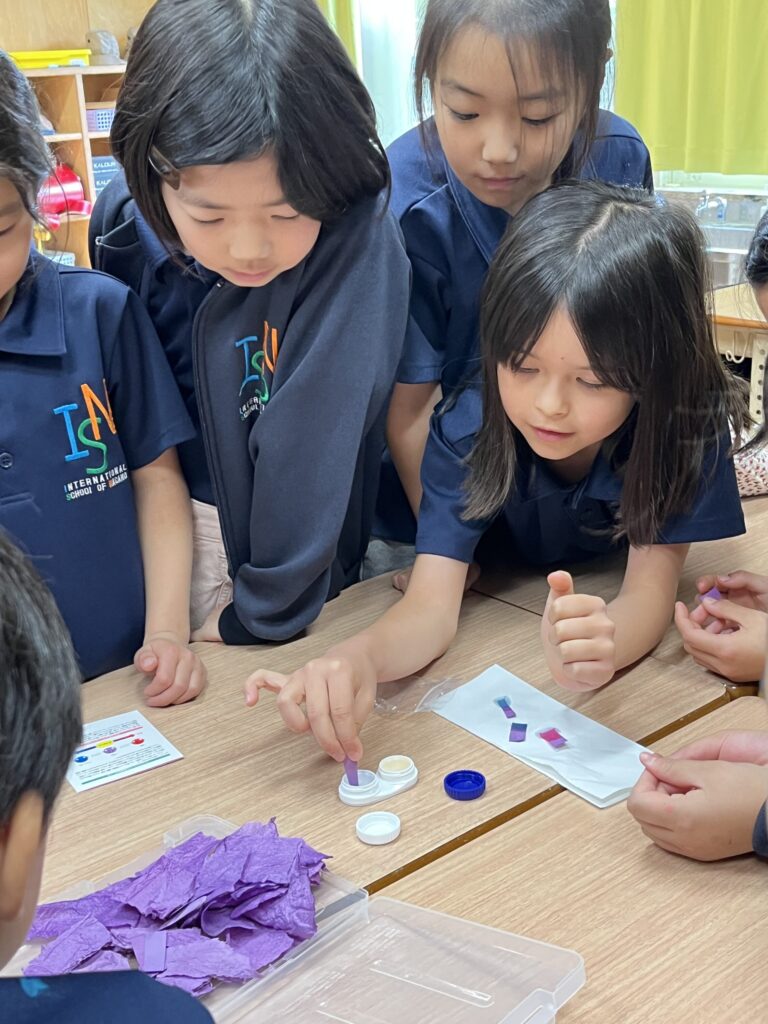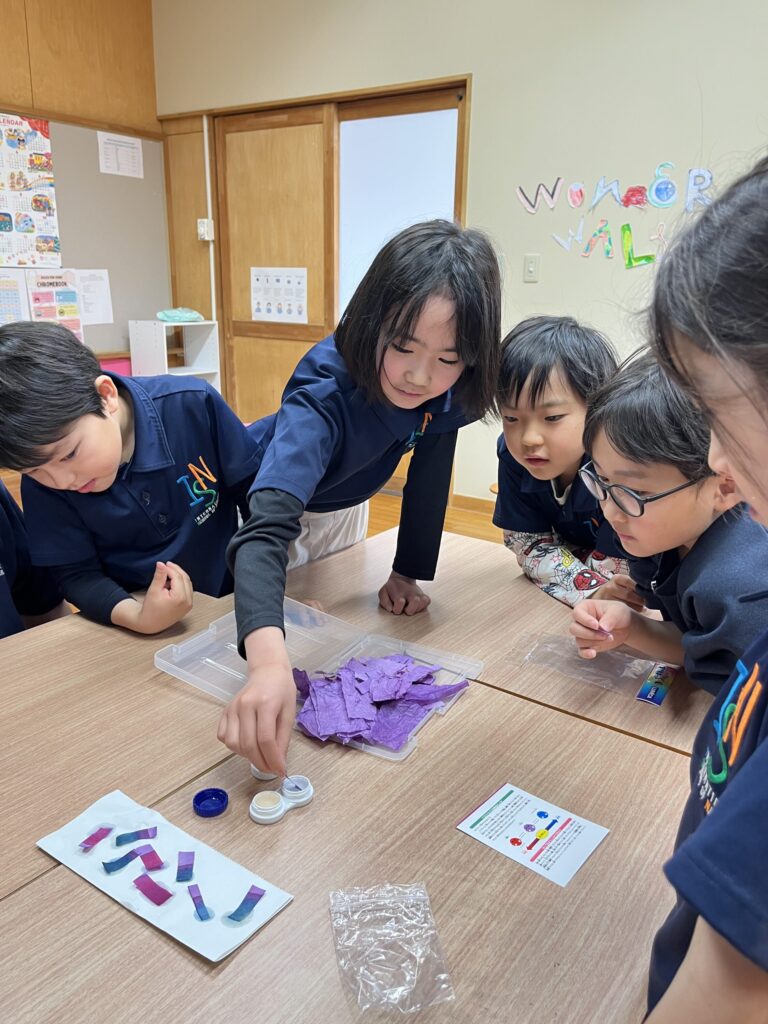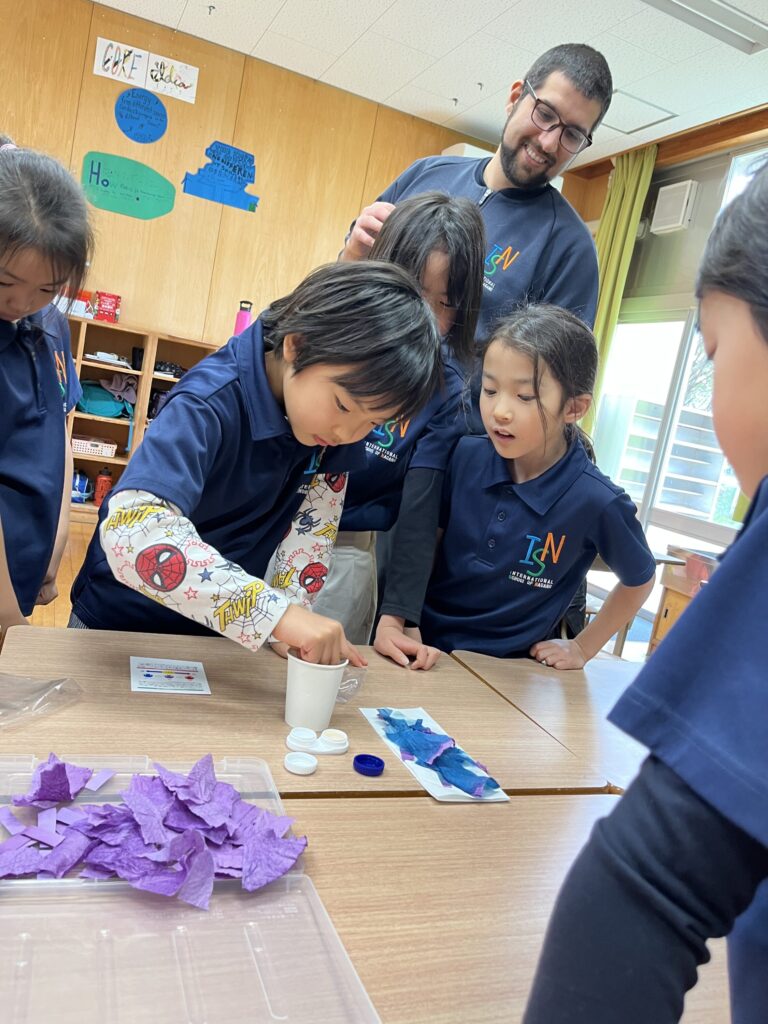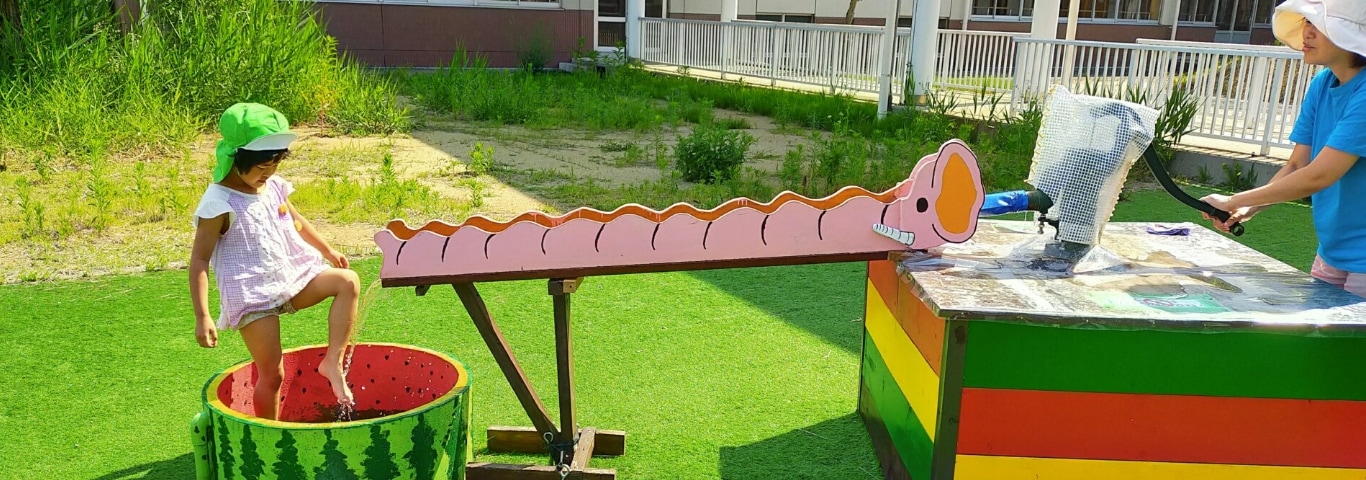Welcome back to the Grade 3, 4, and 5 blog! This week, we reviewed everything we’ve learned so far in our energy unit with a fun and interactive Kahoot quiz. Kahoot is an online quiz platform where students use a tablet or computer to answer multiple-choice or true/false questions in real time. The students were highly engaged, cheering each other on and thinking carefully about their answers. It was great to see how much they remembered—from what energy is to different sources and how energy transforms. I was especially proud to see so many correct answers and the excitement on their faces as they played!
English (Noun Phrases)
This week, our Grade 3/4 students have been exploring how to bring characters to life through descriptive language and creativity—all while making meaningful connections to our Unit of Inquiry on Energy Sources and Transformation.
We focused on using noun phrases, verbs, and adverbs to add detail and depth to our writing. Students learned that expanding a simple noun with descriptive words can paint a much clearer picture for the reader. For example, rather than writing “a boy,” students practiced using phrases like “an adventurous boy with a wind-powered jetpack.” These small additions make writing more vivid, engaging, and imaginative.
Building on this grammar focus, students then moved into creating their own characters. Each character was designed with the idea that they would somehow use or need energy—a fun and purposeful link to what we’ve been learning about energy in science. Students brainstormed and described their characters using a character map, developing their name, age, appearance, personality traits, likes and dislikes, and how their character connects to energy. Some characters were superheroes powered by the sun, others were inventors creating machines that run on wind or water, and a few were curious explorers discovering new forms of sustainable energy.
To bring their ideas to life visually, students also illustrated their characters on paper. These illustrations were proudly displayed alongside their character descriptions during class presentations. During their presentations, students shared their writing, practiced speaking clearly and confidently, and gave each other feedback. It was inspiring to see how much effort and imagination they put into their characters and how effectively they used the grammar and vocabulary we’ve been practicing.
These characters will soon become the stars of their upcoming stories. We can’t wait to see what adventures they go on and how they continue connecting their English learning to the big ideas we’re exploring in our unit on energy.
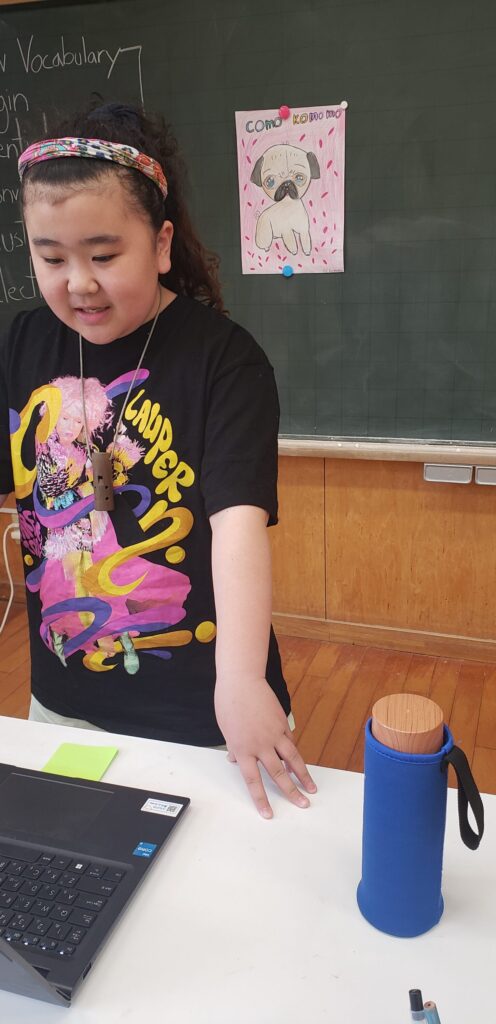
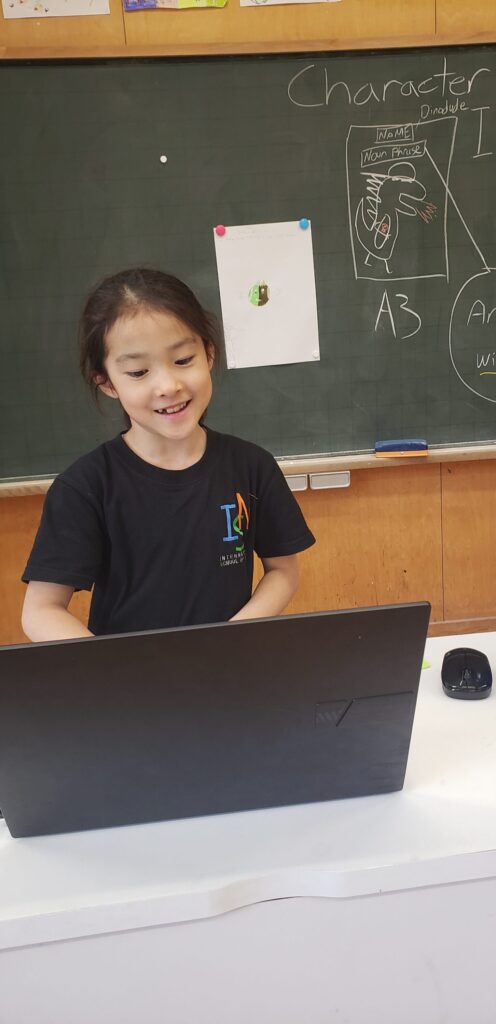
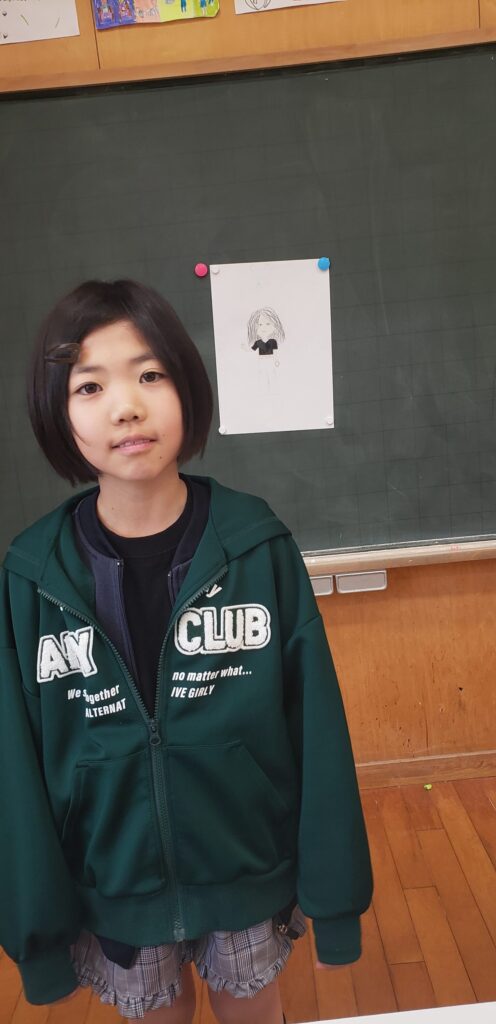
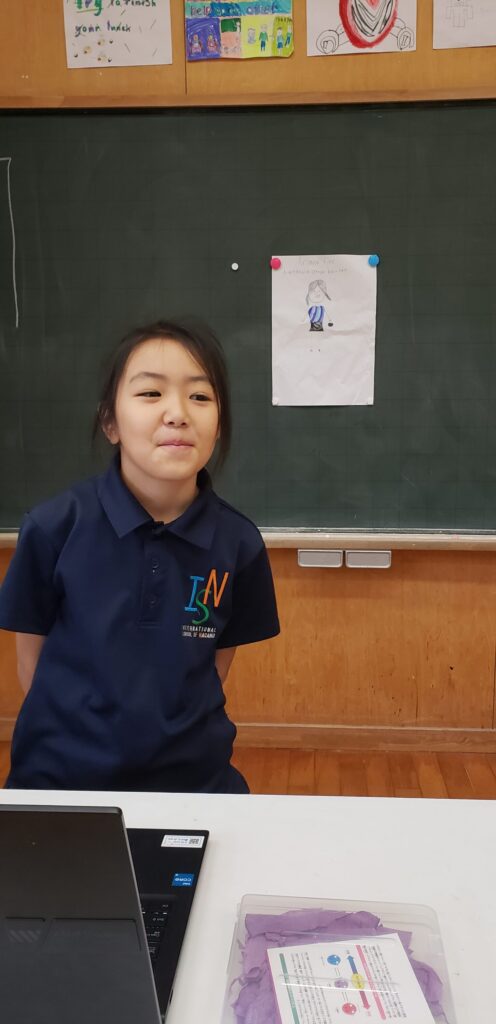
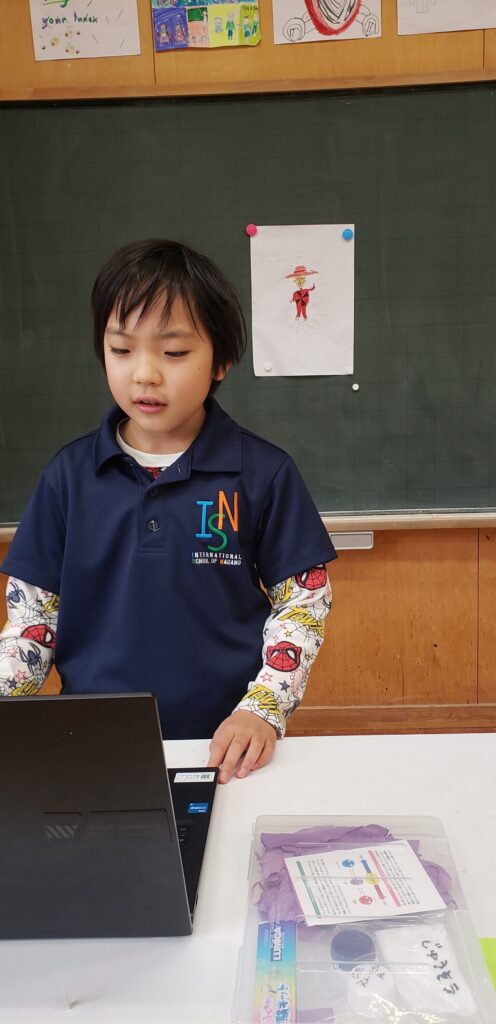
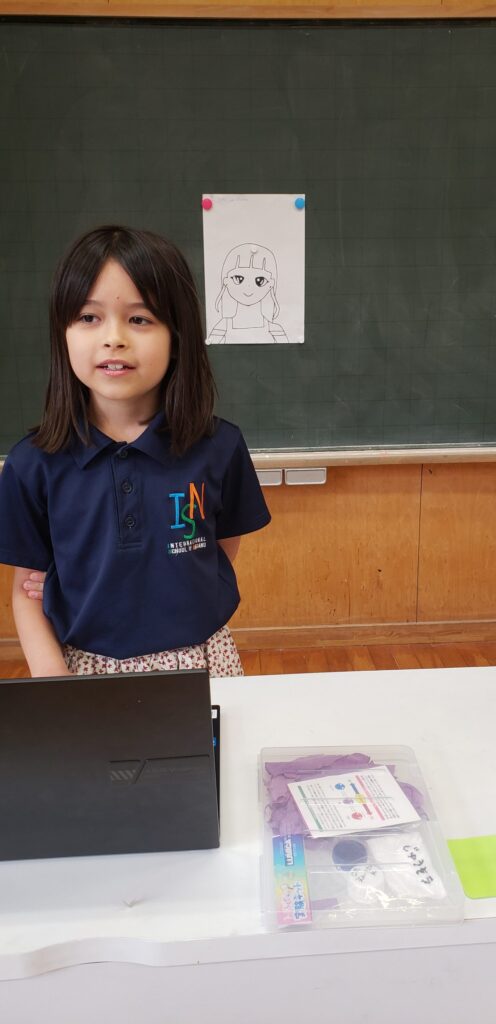
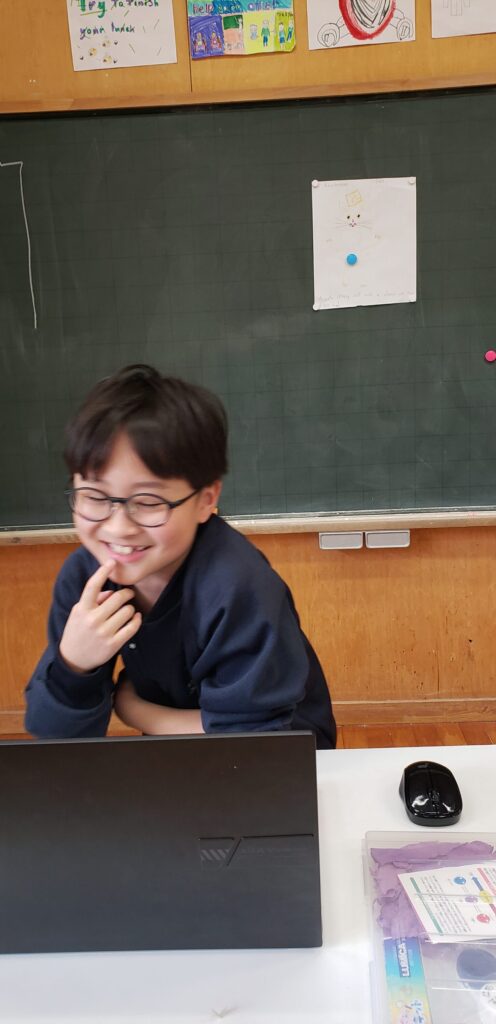
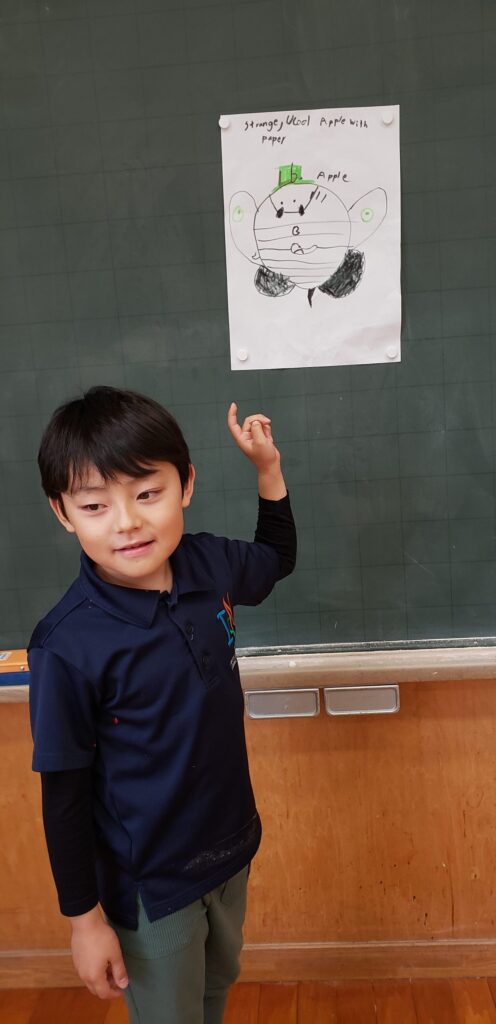
Science experiment
One of the students was excited to share a science experiment they had prepared for the class. We learned how to test different liquids to determine whether they were acidic, neutral, or alkaline. We used special purple paper called litmus paper, which changes color depending on the type of liquid. If the paper turned red, the liquid was acidic. If it stayed purple, it was neutral; if it turned blue, the liquid was alkaline (or basic).
It was especially fun to watch some of the liquids slowly change color. This reminded us of the earlier apple battery experiment, where we used copper and zinc to create a chemical reaction. We also remembered why we couldn’t eat the apples afterward—because the metals had reacted with the juice inside, changing it to make it unsafe to eat. This experiment helped us better understand how chemistry works all around us!
